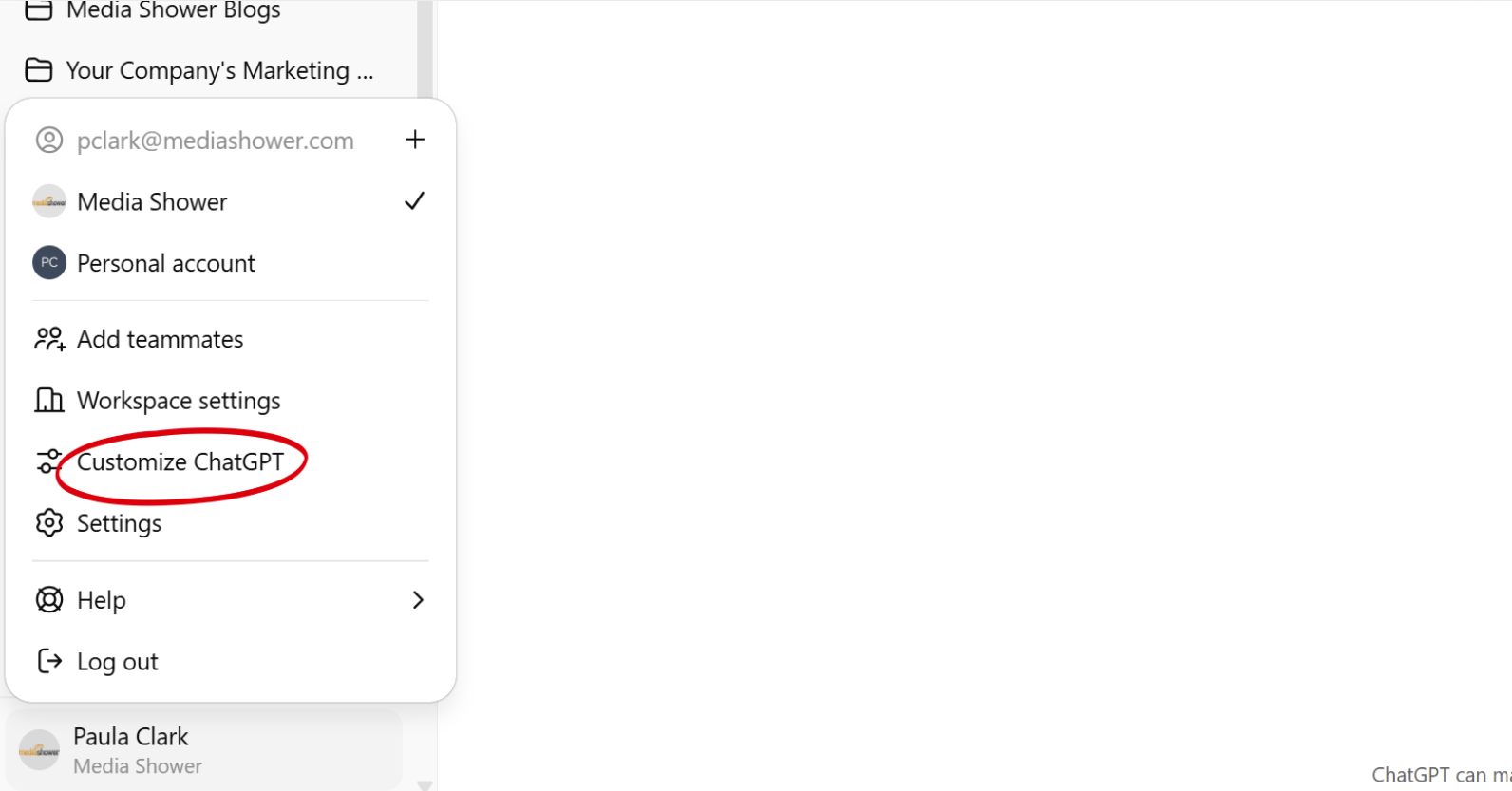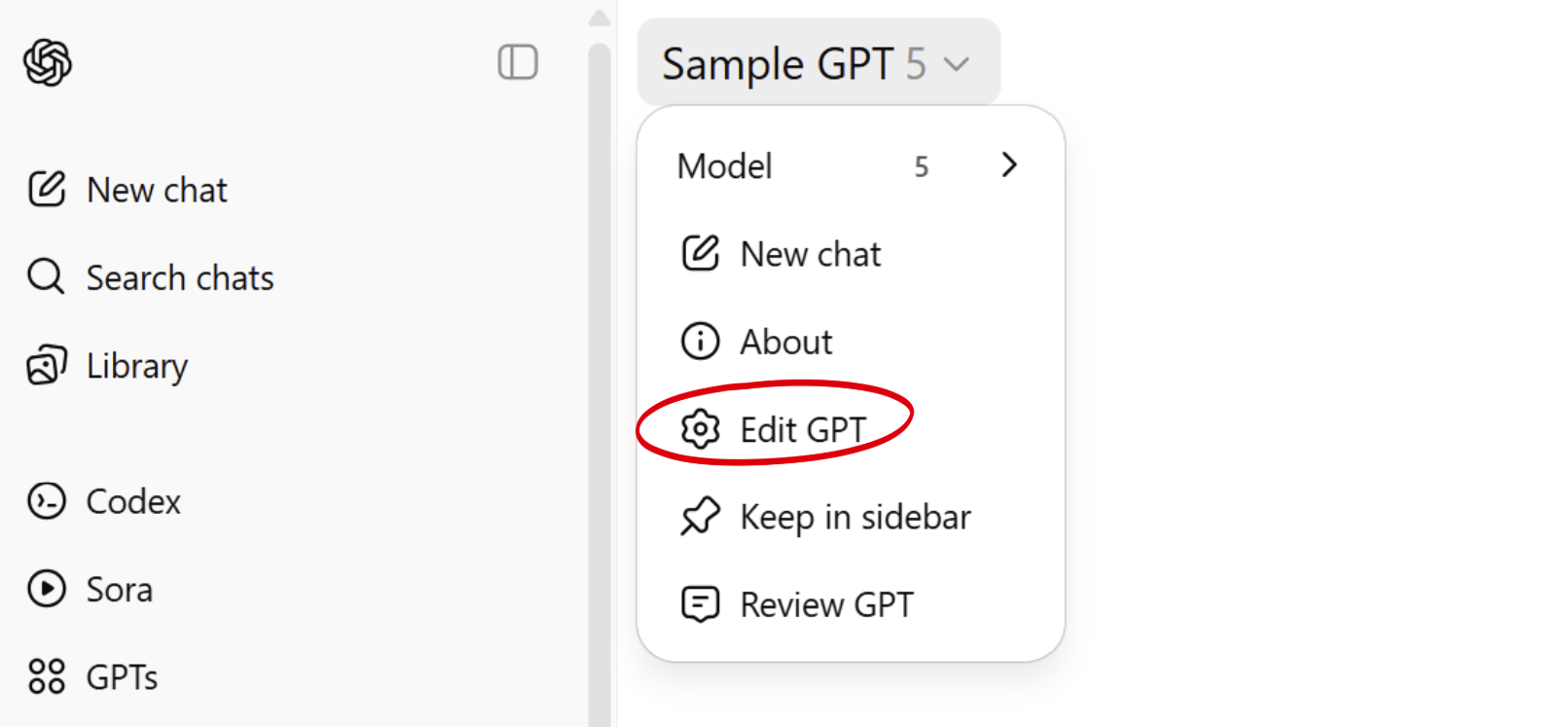
As AI writing tools become more common, anyone can create and publish content, quickly and easily. The challenge is generating content that sounds, you know, human.
Readers can usually tell when a piece of content was written by a machine, even if they don’t realize it. It’s technically correct, but emotionally flat, filled with vague phrases and robotic patterns. It gets the job done, but it doesn’t have “human-feel.”
In marketing, feeling real is what earns trust and builds connection with your brand.
We’ve developed a complete list of AI-generated giveaways, along with an easy 3-step process that will help you identify robotic language and remove it from your writing. It will help you turn machine-generated drafts into content that sounds unmistakably human.
Why AI Writing Sounds Robotic
AI tools are designed to mimic language patterns from across the web. Because they are designed to recognize patterns, their output is based on math, not great communication.
Unfortunately, that means they pick up repetitive, safe, and overused structures.
If you’ve used AI for content generation, you’ve likely seen lines like:
- “In today’s fast-paced world…”
- “It’s no secret that…”
- “Take your business to the next level…”
These expressions don’t break any rules, but they also feel like soda without the fizz. Even when the information is accurate, the style often feels flat and lifeless.
The first step toward eliminating these AI tells is to learn to recognize them.
Language Patterns That Scream “I, Robot”
AI has a vocabulary problem. It reaches for the same tired words, which make content feel mass-produced rather than hand-crafted:
Rhythm problems that kill readability
Human writing has jazz: it swings, pauses, rushes forward. Strunk and White’s classic The Elements of Style talks about varying sentence structure, injecting liveliness into your prose, and avoiding overused patterns. AI models have the rhythm of a metronome.
Watch for these mechanical patterns that make readers’ eyes glaze over:
Eliminating these patterns from your AI writing will go a long way toward making it more enjoyable for humans.
But the biggest AI giveaway is what it leaves out: emotional resonance.
Missing humanity markers
The missing elements in most AI writing create an emotional vacuum that bores readers and erodes trust:
- Zero sensory details. “A professional atmosphere” instead of “the conference room smelled like burnt coffee.”
- No personal stories: Generic examples instead of that specific moment everyone recognizes. “Marketers sometimes encounter challenges with tight deadlines” instead of “Marketers can struggle with a campaign schedule that changes three times in a single day.”
- Committee voice: Takes no stance, offends no one, commits to nothing. “We are currently considering several approaches. All perspectives are being valued” instead of “We’re still debating our next step, but one thing’s clear: everyone here has a strong opinion.”
- Abstract everything: Floating concepts without specific anchors to real experience. “Synergy accelerates growth through strategic alignment” instead of “When Sarah’s team finally started talking with customer support, sales jumped 20% practically overnight.”
3 Steps to Humanize AI Writing
This three-step process helps you clean up machine-generated copy and bring back the voice, rhythm, and specificity that make content feel human.
Each step builds on the last, giving you a fast, repeatable workflow you can use on everything from blog posts to product pages.
The process may seem complicated. But after you’ve created the tools you need, using them takes very little time and pays off in higher-quality content.
Step 1: Build a blacklist
Create a list of banned words and phrases that act as your BS detector. This blacklist becomes a filter that catches robotic language before it reaches your audience.
Start with our sample below or build your own. Include specific examples from your industry that feel overused or are off-brand for your company.

How to use the blacklist
You can use this blacklist in two fast ways:
Option 1. Customize ChatGPT’s instructions

- Go to ChatGPT > Customize ChatGPT
- In “What would you like ChatGPT to know about you?”, paste your blacklist or a
summary of the top patterns you want to avoid. - In “How would you like it to respond?”, add: “Write in a lively, engaging, and varied tone as described in Strunk & White’s Elements of Style. Use a variety of sentence lengths, add natural transitions, and include specific, sensory details. Write with a human voice, rhythm, and unique perspective. Refer to my blacklist and avoid robotic language patterns on that list.”
This helps ChatGPT tailor its tone in real time so you’ll have less editing to do later.
Option 2. Upload the blacklist to a custom GPT.

- Add a rule to your system prompt like: “Refer to my blacklist and remove any language structures on the list. Prioritize clarity, rhythm, and specificity.”
Unsure of what to include in your blacklist? Begin with our sample below and customize it as needed.
Sample Blacklist
This is a general-purpose blacklist that will spot and revise the most common robotic patterns in AI drafts.
This list is perfect for training writers, building GPTs, or running AI drafts through a post-processing filter. Make it even more effective by adding elements of your company’s brand voice.
Step 2: Run the humanizing prompt.
After your first draft, use this prompt to add personality and texture. This step transforms technically correct copy into something that feels crafted by an actual human who doesn’t use perfectly predictable language.
There is no one-size-fits-all humanizing prompt. A law firm’s voice and style will sound different from an energy drink brand’s. The key is to write a prompt that reflects your brand’s style and voice.
Here’s an example of a good humanizing prompt.
“Rewrite the following text in a warm, conversational tone for a professional audience. Avoid robotic structures such as triads, rhetorical pivots, and sentence fragments. Do not use any patterns listed in our blacklist. Use varied sentence lengths, contractions, and specific examples. Make it sound like a real person wrote it.”
The humanizing prompt works best when you treat it as a creative partner, not a cleanup tool. Let it suggest unexpected angles and phrasings you might not have considered.
Before and after example
Here is an example of actual output from ChatGPT followed by the result after we used a good humanizing prompt.
AI draft: “In today’s rapidly evolving digital landscape, businesses must leverage data-driven insights to stay ahead of the competition.”
Humanized rewrite: “When you study how customers interact with your site, you’ll spot patterns that help you improve conversions. Even small changes like a better headline can make a big difference.”
Step 3: The human edit
Never skip this final pass. This is where your expertise and experience transform good-enough content into great:
- Fact and hallucination check. AI sometimes invents facts that sound plausible.
- Add personal touches. Add a client story, an industry joke, or an observation from last week’s meeting.
- Ensure brand voice. Make it sound like your brand.
- Test the rhythm. Read it aloud. If you’re getting drowsy, readers will too.
If you’re a content marketer working with several clients, consider creating a personalized humanizing prompt for each of them.
Clean-up Prompts
ChatGPT, like all AI tools, isn’t great at following instructions, especially over longer responses or multiple interactions.
It’s designed to recognize patterns. If the dominant pattern it has learned is overusing em dashes, filler transitions, or triads, it will frequently fall back into those habits.
It also has a tendency to treat a negative instruction as if it were a positive: When you say, “Don’t do this,” it will often do exactly that because it didn’t process the “don’t.”
To compensate, you may need to:
- Remind ChatGPT of your instructions after the first draft. (“Please recheck this draft against my blacklist and revise.”) OR
- Create a more-detailed blacklist clean-up prompt to use as a follow-up.
Sample prompt: “Review the following text and revise to avoid any robotic language structures such as triads, rhetorical pivots, consecutive fragments, or other items listed in our internal blacklist. Use varied sentence length and a natural, human tone.”
This extra step takes very little time and can vastly improve the quality of your content.

Marketer Takeaways
- AI writing is loaded with language patterns that make it sound robotic and lifeless.
- Use a blacklist to flag robotic language patterns and overused structures.
- Add a humanizing prompt to improve rhythm, voice, and specificity after your first draft.
- ChatGPT often ignores instructions—use a follow-up prompt to enforce tone and style.
- Final edits matter: read aloud, revise for clarity, and ensure it sounds like your brand.
- AI gives you a starting point, but it’s your edits that make it human.
Media Shower’s AI marketing platform helps you transform robotic text into content that connects. Click here for a free trial. Start your free trial here.


